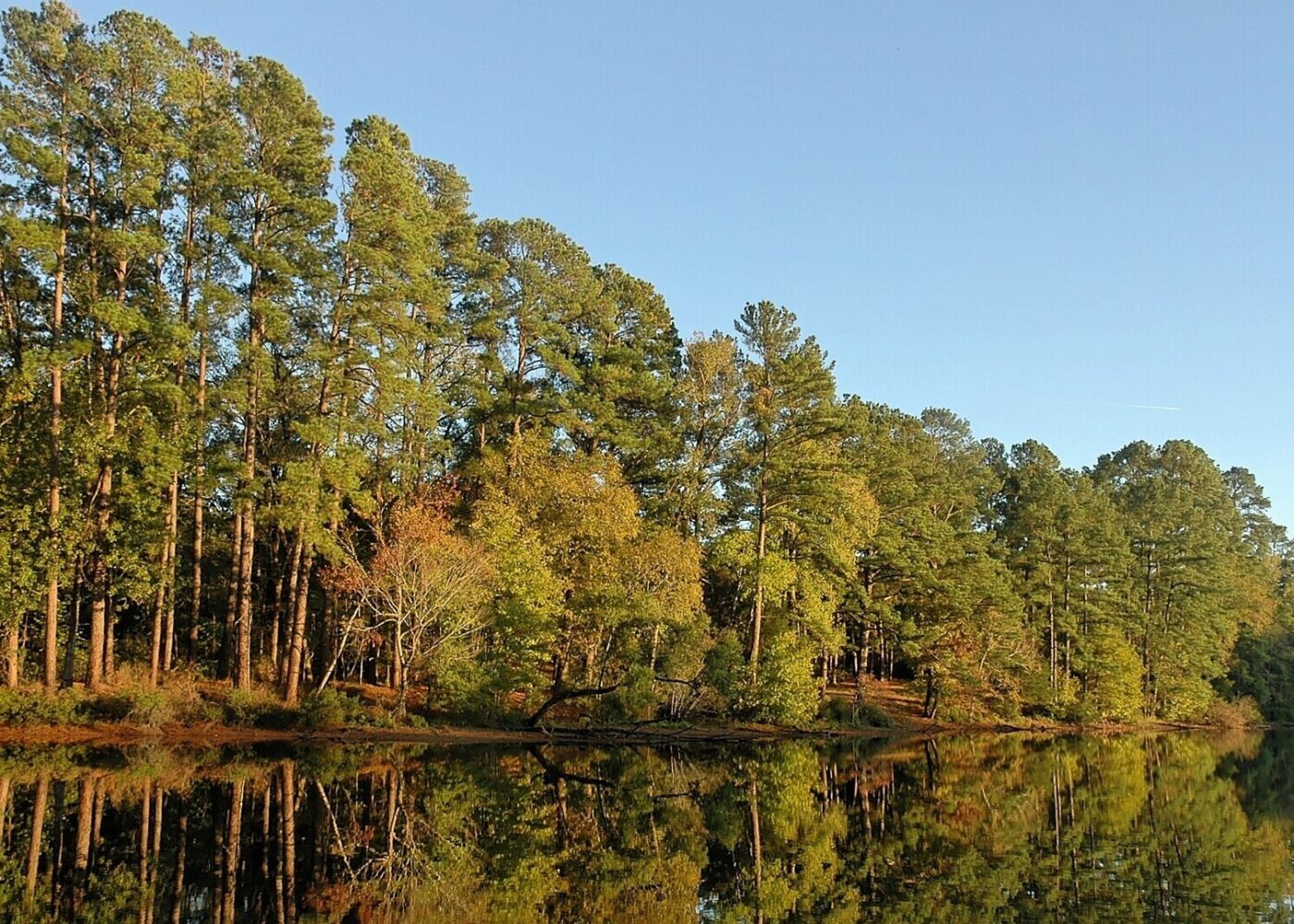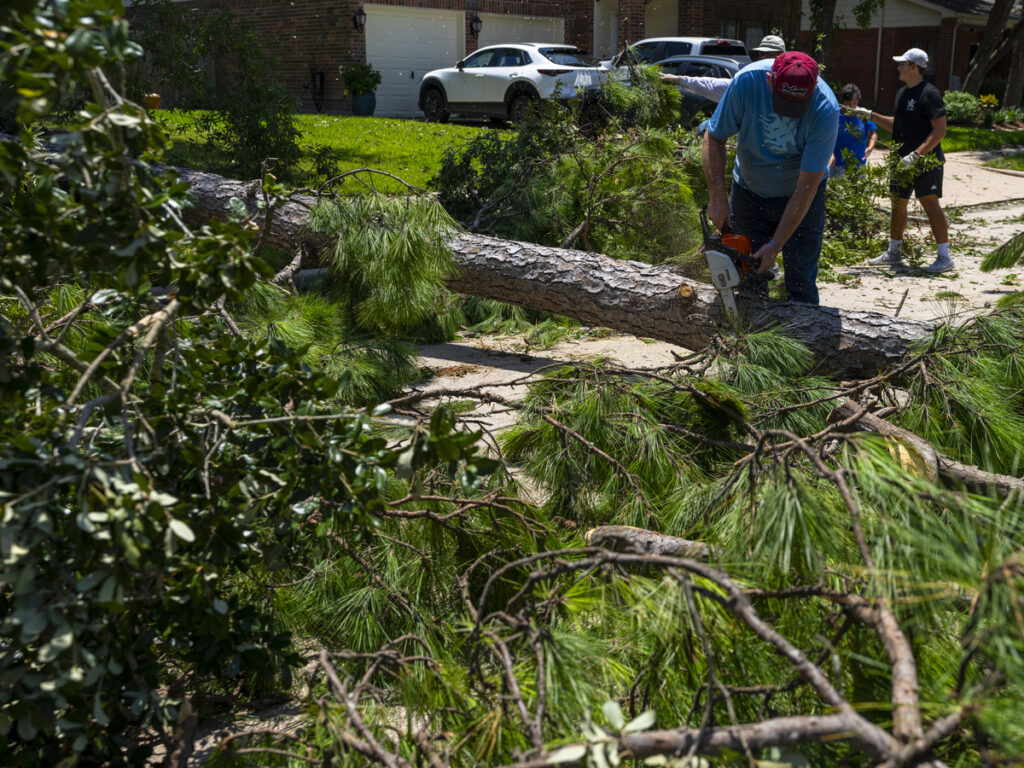After a storm, your first thought might be to get things cleaned up as quickly as possible. However, hasty decisions can often result in removing trees that could have been saved.
Ask yourself the question, Can My Tree Be Saved?
Knowing what to do for your trees can make the difference between loss and survival. We encourage you to follow a few simple rules in administering tree first aid after a storm:
- Don’t try to do it all yourself. If large limbs are broken or hanging, or if high-climbing or overhead chainsaw work is needed, it’s a job for an ISA certified arborist.
- Take safety precautions. Look up and look down. Be on the alert for downed power lines and dangerous hanging branches that look like they’re ready to fall. Stay away from any downed utility lines and low-voltage telephone or cable lines.
Even fence wires can become electrically charged when there are fallen or broken electrical lines nearby. Don’t get under broken limbs that are hanging or caught in other branches overhead.
Unless you have strong experience and take the safety precautions below, leave chainsaw work to the professionals.
- Remove any broken branches still attached to the tree. Removing the jagged remains of smaller sized broken limbs is one common repair that you can make after a storm to decrease the chance of decay. Large branches that are broken should be cut back to the trunk or a main limb by an arborist. Smaller branches should be pruned properly, making clean cuts in the right places and helping the tree recover faster.
- Repair torn bark. To improve the tree’s appearance and eliminate hiding places for insects, carefully use a chisel or sharp knife to smooth the ragged edges of wounds where bark has been torn away. Try not to expose any more of the cambium (greenish inner bark) than is necessary, as these fragile layers contain the tree’s food and water lifelines between roots and leaves.
- Resist the urge to over prune. Don’t worry if the tree’s appearance isn’t perfect. With branches gone, your trees may look unbalanced, but a faster healing process will help new leaves grow sooner.
- Don’t top your trees. You may want to cut back all branches, but don’t. The stubs left behind will tend to grow lots of weakly-attached branches that are even more likely to break when a storm strikes. The tree will need as many resources as possible to recover from the stress of storm damage, so leaving healthy branches and leaves is crucial.
Topping the tree will reduce the amount of foliage, on which the tree depends for the food and nourishment needed for regrowth. A topped tree that has already sustained major storm damage is more likely to die than repair itself. At best, its recovery will be slowed and it will almost never regain its original shape or beauty.
Chainsaw safety
Chainsaws can be extremely dangerous. Follow these guidelines anytime you operate a chainsaw:
- Always read the operating manual thoroughly prior to operating a saw.
- Follow all manufacturer safety guidelines for starting, cutting, and fueling.
- Wear protective equipment. Chaps, gloves, earplugs, eye protection, and a hardhat (in case of kickback or falling debris).
- Ensure firm footing by removing loose material from underfoot and spreading feet in a wide balanced stance.
- Keep work area clear to avoid tripping hazards.
- Always maintain control and keep a firm grip on the saw.
- Always be alert to and prepared for saw kickback.
- Never cut above chest height.
- Use a pole saw for cuts above your head.
- Do not over-reach or under-reach when cutting as you will become off balance.
- Estimate what the reaction of what you’re cutting will be. Will it whip up, down, or toward you?
- Identify and keep an escape route clear.
Remember even the smallest injury with a chainsaw usually requires professional medical attention.

